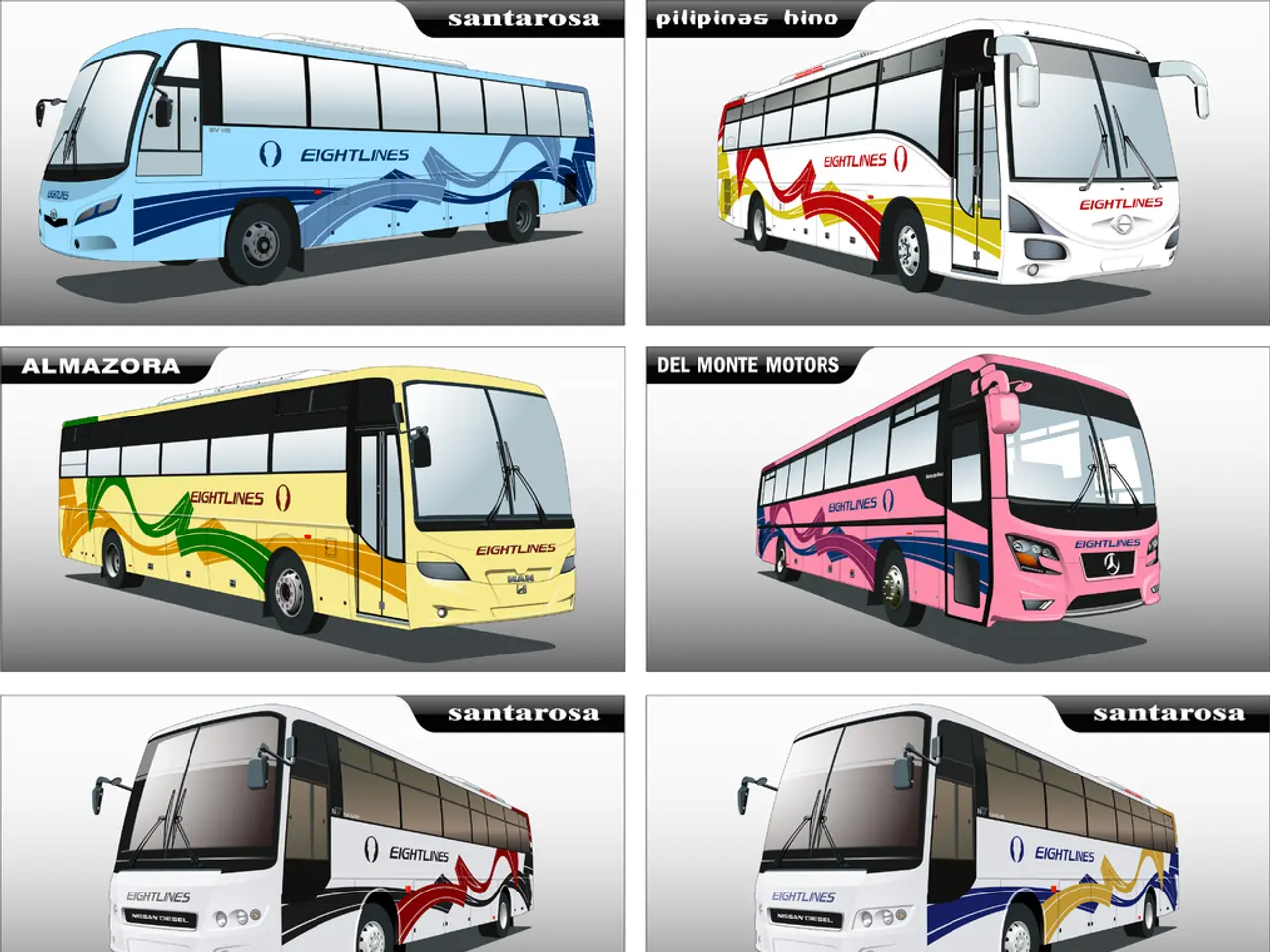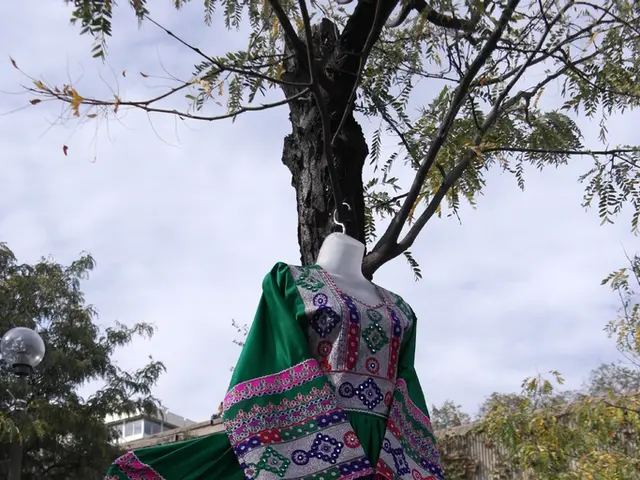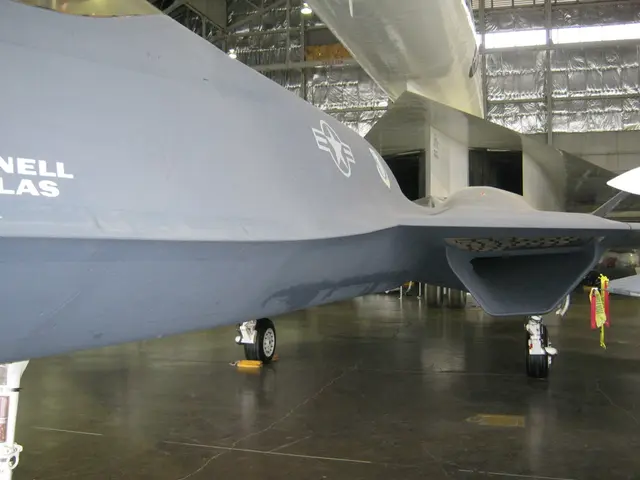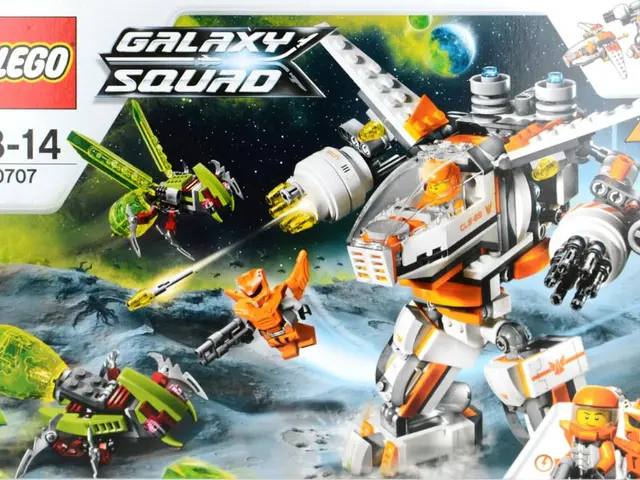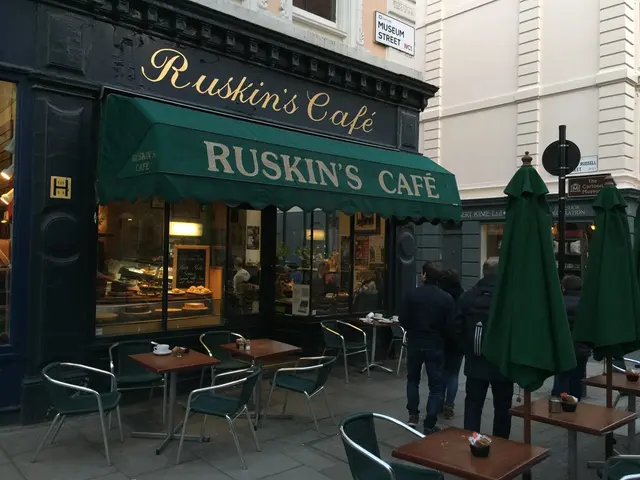Navigating Dallas: A Guide for Moving Freely Around the City
In the car-centric city of Dallas, Texas, commuters have a choice between driving on toll roads and using the Dallas Area Rapid Transit (DART) system for public transportation. Unlike its counterparts in Chicago and New York City, DART prioritizes coverage over frequency, offering a large geographical service area but fewer trains and less frequent buses.
DART serves Dallas and 12 surrounding cities, covering a 700-square-mile area with more than 220,000 daily riders on its rail, commuter rail (TRE), and bus network. The bus system operates over 90 fixed routes across 13 cities within the Dallas-Fort Worth metroplex, reaching destinations that the light rail does not. However, buses run with variable frequency depending on the route, generally every 15 to 60 minutes, and are noted for being unreliable in timing.
Light rail frequencies are currently being considered for reduction due to budget cuts, which would be the largest in DART’s history, potentially impacting all services including bus and rail. In contrast, Chicago and New York provide denser, more frequent transit service, with New York’s MTA offering around-the-clock service and very high train frequencies, and Chicago’s CTA having more frequent buses and trains during peak times.
DART faces challenges with schedule reliability and frequency compared to these cities, which have decades-old, heavily funded transit infrastructures. Dallas’s system also has a strong reliance on sales tax from member cities, with ongoing political and funding debates impacting service.
Traffic is a common issue during rush hours on major highways like I-35E, I-30, and the Dallas North Tollway. Apps like SpotHero and ParkMobile can help find open parking spaces in the city. DART serves both major Dallas airports (DFW and Dallas Love Field) via public transit.
Dallas's public transit offers solid accessibility support, with all buses and trains complying with ADA standards. DART Paratransit offers curb-to-curb and shared-ride service for certified users with disabilities, and the Mobility Ambassador Program provides free training to help riders confidently plan routes, pay fares, and travel.
The North Texas Tollway Authority's TollTag is the most common toll pass option in north Texas. Parking in Dallas is generally more affordable than in cities like New York or San Francisco, but free spaces downtown are rare. Dallas is not particularly pedestrian or bicycle-friendly, but it offers scenic cycling routes on multi-use paths like The Loop and Katy Trail.
Despite its extensive coverage of a 700-square-mile area, the Dallas Area Rapid Transit (DART) system faces challenges with schedule reliability and frequency compared to cities like Chicago and New York. On the other hand, improvements in home-and-garden, travel, and lifestyle can be seen as DART serves both major Dallas airports via public transit, offers accessibility support, and is working on creating scenic cycling routes such as The Loop and Katy Trail.
